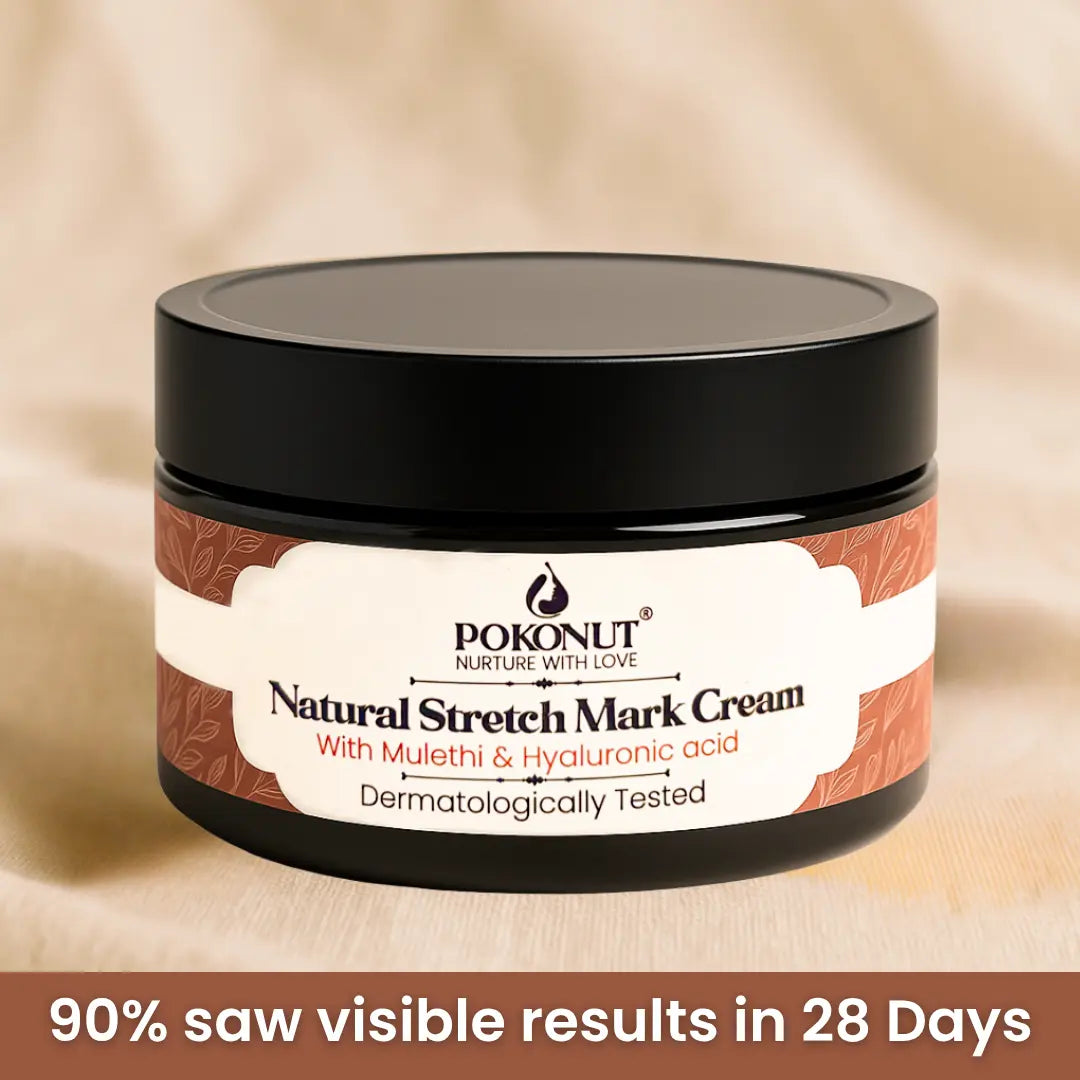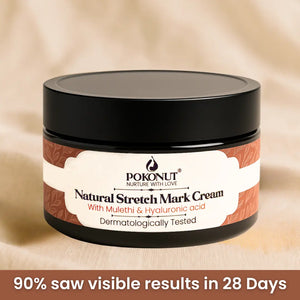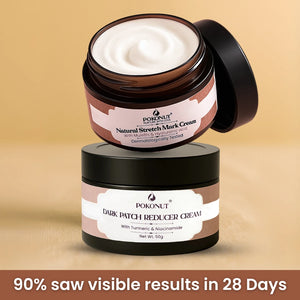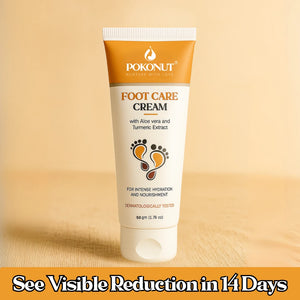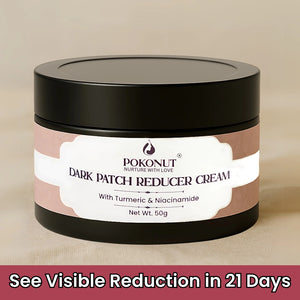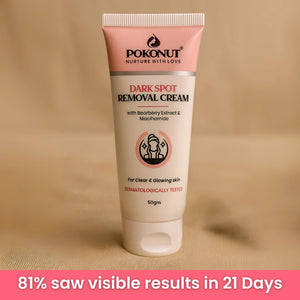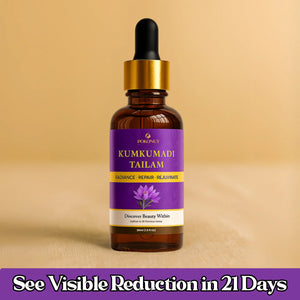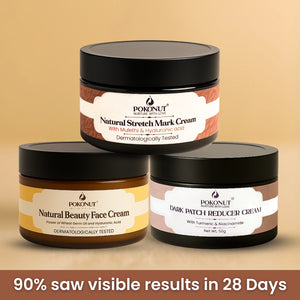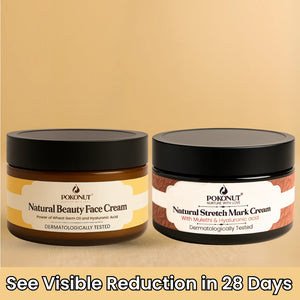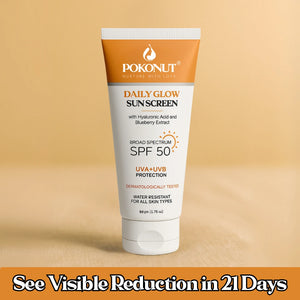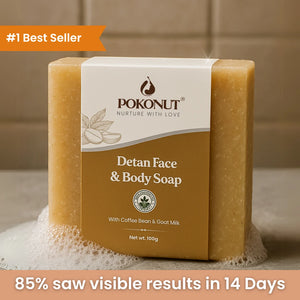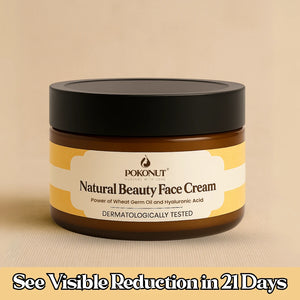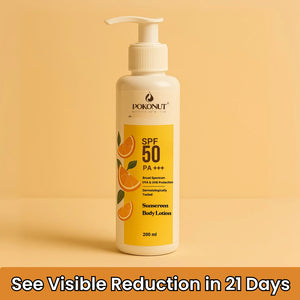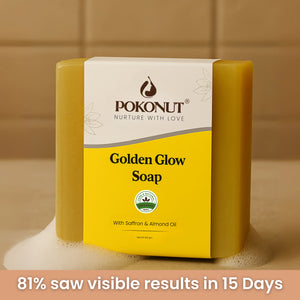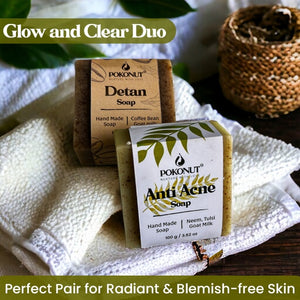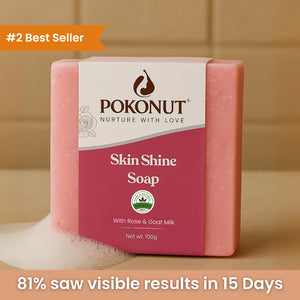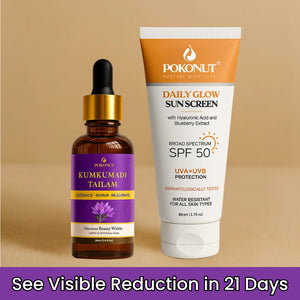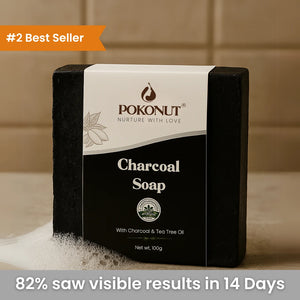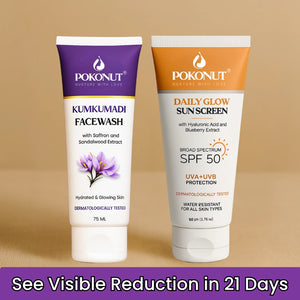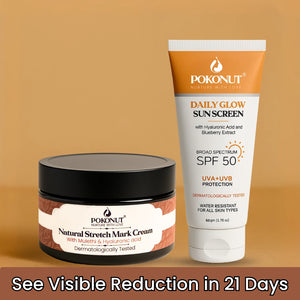Does Aloe Vera Remove Tan?

Medically Reviewed By:
Dr. Mousumi Dash, BAMS
Written by Our Editorial Team
Yes, aloe vera does help remove tan — and it does so naturally, without harming your skin. For generations, aloe vera has been celebrated for its cooling, hydrating, and healing properties. When your skin tans after prolonged sun exposure, it produces extra melanin as a defence. This causes your complexion to darken and sometimes develop uneven patches. Aloe vera helps by reducing that excess melanin, soothing inflammation, and repairing the damage caused by UV rays.
Many people in India experience tanning due to daily exposure to sunlight, especially in tropical climates. The beauty of aloe vera lies in how gentle yet effective it is. It doesn’t bleach your skin or cause irritation. Instead, it works with your skin’s natural process to restore your original tone and glow. In this article, you’ll understand how aloe vera removes tan, what science says about it, and how to use it properly for visible results.
What Causes Tan and How It Affects Your Skin

Tanning is a natural response by your skin to protect itself. When ultraviolet rays from the sun hit your skin, they stimulate cells called melanocytes to produce melanin. This pigment absorbs UV radiation, preventing deeper skin damage. However, the result is a darker skin tone or uneven patches on areas exposed to sunlight.
Factors like pollution, heat, and dehydration can make the tan appear even more intense. Over time, excessive tanning can also lead to dullness and rough texture. According to a 2021 study by the Indian Journal of Dermatology, just twenty minutes of unprotected sun exposure can increase melanin activity by up to thirty-five percent in Indian skin tones. This explains why even a short outdoor routine can leave your skin visibly tanned.
Understanding why tanning happens makes it easier to appreciate how aloe vera’s natural compounds can work to reverse it effectively.
Also Read - Does Aloe Vera Gel Remove Dark Spot?
How Aloe Vera Works on the Skin
Aloe vera is much more than a cooling gel; it’s a skincare multitasker packed with nutrients, antioxidants, and enzymes that work deep within your skin.
The Science of Aloe Vera
The gel extracted from aloe vera leaves contains two important bioactive compounds — aloin and aloesin. These are proven to inhibit the enzyme tyrosinase, which controls melanin production. By slowing down melanin activity, aloe vera helps fade existing tan and prevents new pigmentation from forming.
It is also rich in Vitamin C, Vitamin E, and beta-carotene, which repair and nourish damaged skin cells. Aloe vera promotes collagen synthesis, speeding up your skin’s natural healing and regeneration process. A 2019 study in the Journal of Photochemical and Photobiological Sciences found that aloesin significantly reduces pigmentation by blocking tyrosinase activity. This makes aloe vera an effective natural ingredient for detanning without causing irritation.
Regular application of aloe vera improves skin texture, increases hydration, and restores its natural radiance. It is especially helpful for those with sensitive or sunburn-prone skin who need a calm yet effective solution.
Aloe Vera’s Cooling and Anti-inflammatory Effects
Beyond reducing pigmentation, aloe vera also helps your skin recover from sun exposure. It soothes irritation, cools down redness, and reduces the burning sensation caused by UV rays. The polysaccharides in aloe gel form a thin protective layer on your skin, locking in moisture while allowing it to heal. This makes your face look fresh, smooth, and balanced even after long hours in the sun.
With continued use, aloe vera not only removes tan but also improves your overall skin health — making it look naturally bright and even-toned.
How to Use Aloe Vera to Remove Tan Naturally
The best part about using aloe vera for tan removal is that you don’t need expensive treatments or complex routines. Simple home applications are enough if done consistently.
Fresh Aloe Vera Gel

Cut an aloe vera leaf and scoop out the clear gel inside. Apply it directly to clean skin and leave it overnight. This allows the enzymes and vitamins to penetrate deeply, reducing tan and hydrating your face naturally. Wash your face in the morning with cool water. Doing this daily can visibly improve skin brightness within a few weeks.
Aloe Vera and Lemon Mix

If your skin can tolerate mild acids, mix one tablespoon of aloe vera gel with a few drops of lemon juice. The Vitamin C from lemon enhances the brightening effect of aloe, while aloe soothes any sensitivity. Apply it evenly on your face for fifteen minutes and rinse with cold water. Use this two to three times a week for noticeable tan reduction.
Aloe Vera and Cucumber Pack

Blend aloe vera gel with cucumber pulp to make a refreshing, cooling mask. This combination hydrates your skin and reduces redness while fading tan. It’s ideal for people who spend long hours outdoors or those with sensitive skin. Leave the mixture on for twenty minutes before washing it off.
Aloe Vera and Turmeric Mask

Turmeric complements aloe vera by adding its antibacterial and brightening properties. Mix a teaspoon of aloe gel with a small pinch of turmeric and apply it evenly across your face. Leave it for ten minutes before rinsing with lukewarm water. This remedy not only removes tan but also prevents acne and uneven texture.
Using these remedies regularly helps your skin recover faster from UV exposure while maintaining an even tone.
Benefits of Using Aloe Vera for Tan Removal
Aloe vera offers multiple benefits that go far beyond just fading tan. Here are some of the most important and elaborative ways it transforms your skin:
1. Lightens Tan and Pigmentation Naturally
Aloe vera gently targets excess melanin, helping fade tan lines and dark patches without harsh chemicals. Its compound aloin breaks down pigmentation gradually, restoring your natural skin tone. With consistent use, you’ll notice a visible difference in how even and smooth your skin looks.
2. Repairs Sun Damage and Boosts Healing
Exposure to sunlight damages collagen and dehydrates the skin. Aloe vera boosts collagen production, helping your skin repair itself faster. It also contains amino acids and enzymes that heal microdamage caused by UV rays, restoring elasticity and smoothness.
3. Deeply Hydrates the Skin
Aloe vera is made up of nearly 98 percent water, making it a powerful natural hydrator. It penetrates deep into the skin, restoring moisture and preventing dryness that can make tan appear more prominent. This hydration also helps maintain the skin’s natural glow.
4. Reduces Inflammation and Redness
Sun exposure often leads to burning, redness, or irritation. Aloe vera’s cooling effect calms inflammation and reduces heat from the skin surface. This not only makes the skin feel refreshed but also prevents uneven skin tone caused by irritation.
5. Provides Antioxidant Protection
Aloe vera is rich in Vitamins C and E, both of which act as antioxidants that fight free radicals caused by UV rays and pollution. These antioxidants help prevent premature aging, reduce fine lines, and maintain a youthful glow while fading tan.
6. Improves Skin Texture and Smoothness
Regular application of aloe vera softens rough skin and enhances its texture. It removes dead cells, improves oxygen flow, and keeps your skin smooth and radiant. This makes it especially beneficial for dull or dehydrated skin that has lost its brightness due to tanning.
7. Safe for All Skin Types
Unlike chemical tan removal products, aloe vera is suitable for all skin types — dry, oily, or sensitive. Its natural ingredients ensure that the skin heals without irritation, making it a universal choice for safe, long-term tan care.
Aloe Vera vs Chemical Detanning Products
While chemical detan creams may show faster results, they often rely on strong ingredients like bleach or acids that can irritate the skin. Aloe vera, on the other hand, works gradually but safely, ensuring your skin remains nourished.
|
Aspect |
Aloe Vera |
Chemical Detanning Products |
|
Key Compounds |
Aloin, Aloesin, Vitamins C & E |
Bleaching agents and synthetic acids |
|
Effect on Skin |
Soothes, brightens, and hydrates |
May dry or irritate skin |
|
Long-term Results |
Improves natural glow and texture |
Quick results but short-lived |
|
Suitability |
Safe for all skin types |
Not ideal for sensitive skin |
Aloe vera offers a balanced approach — it heals, protects, and brightens naturally without causing side effects.
Pairing Aloe Vera with Daily Care

To get the most out of aloe vera, pair it with a good daily skincare routine that supports detanning and protects from further sun damage. Cleansing plays a big role here, as it helps remove impurities that make tanning worse.
That’s where a product like Pokonut Tan Removal Soap fits perfectly. It combines natural ingredients like turmeric, kojic acid, and coconut-based cleansers that gently lift surface tan while keeping your skin soft and nourished. When you use it daily, it complements the healing benefits of aloe vera and ensures your skin stays clean, fresh, and evenly toned.
Together, aloe vera and Pokonut Tan Removal Soap create a natural detanning routine that’s easy to maintain and suitable for everyday use.
Final Takeaway
So, to answer the question — yes, aloe vera removes tan, and it does so gently, naturally, and effectively. Its healing and anti-pigmentation properties make it one of the best home remedies for restoring your original skin tone. Unlike harsh detan products, aloe vera works with your skin’s natural process, improving its texture, hydration, and glow over time.
For best results, combine your aloe vera routine with simple, consistent care — wear sunscreen, stay hydrated, and cleanse daily with Pokonut Tan Removal Soap to maintain your brightness.
Detanning is not about changing your colour; it’s about helping your skin return to its healthiest, most confident state. With a little patience and natural care, you’ll find that your real glow never fades — it just needs a gentle reminder from nature.
About Doctor :

